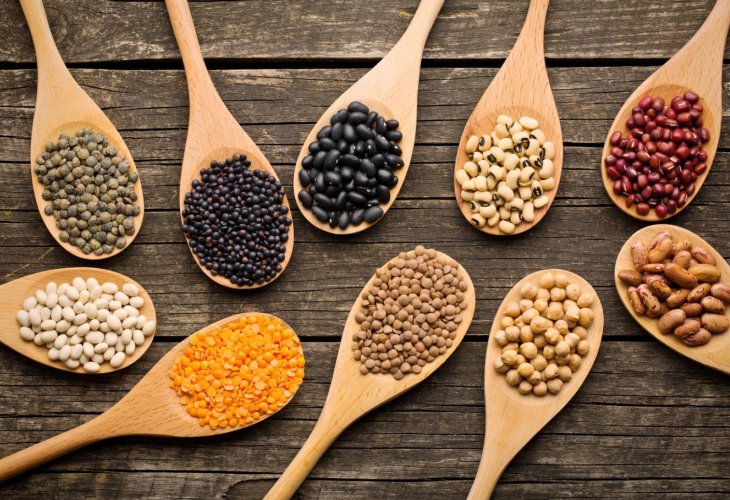Reduce Cancer Risk and Full of Protein: 10 Important Facts About Legumes
How long should they be soaked, and can they be frozen after cooking? Here are 10 important facts about legumes, a particularly healthy protein source.
 (Photo: Shutterstock)
(Photo: Shutterstock)1. Legumes is a collective name for plants like chickpeas, fava beans, all types and colors of beans, lentils of all shades, soybeans, lupine, and peas.
2. Legumes are filling, tasty, and healthy. They contain a high amount of protein, zinc, B vitamins, a wealth of dietary fibers, and are also low in fat. They are a very healthy source of protein.
3. Studies show that legumes can help reduce the risk of colon cancer, lower cholesterol levels and blood pressure, aid in weight loss, and maintain a feeling of fullness for longer.
4. Legumes are also relatively inexpensive, making them the healthiest and cheapest source of protein and iron.
5. You can find legumes in any grocery store or supermarket. They are available in vacuum packs and can also be purchased cooked and frozen in the frozen foods section of all retail chains.
6. Chickpeas blend beautifully in salads. Red lentils are a wonderful protein addition to any meal. You can add a tablespoon or two of green lentils to any soup, and beans in tomato sauce make a great topping on rice or boiled potatoes.
7. How to cook legumes? First, it is important to sort the legumes, as they may be infested with worms and insects. You can buy packaged legumes with a kosher certification indicating "no need to check".
8. Before cooking, it's preferable to soak the legumes: place them in a bowl, pot, or large container and fill it with water. Large legumes (such as chickpeas and white beans) should be soaked for 8-12 hours, possibly overnight but not more than 24 hours. Lentils can be soaked for even two hours. On particularly hot days, it is recommended to place the bowl in the refrigerator.
9. After soaking and sorting, rinse the legumes under tap water and cook them with plenty of water until they soften. Some legumes, like various types of lentils, cook quickly, while others, like beans, fava beans, and chickpeas, require a longer cooking time. The difference in cooking times is due to the thickness of the skin and the size of the seed. The larger these are, the longer it will take for water to penetrate the seed and soften it. Large legumes take one or two hours to cook, while for small legumes, you can skip the soaking step, and the cooking time will be short: up to only half an hour. Red lentils cook particularly quickly and are a recommended protein addition to any meal.
10. The freezer is a legume's best friend: dry, soaked, and cooked legumes can be stored in the freezer for three months or more.

